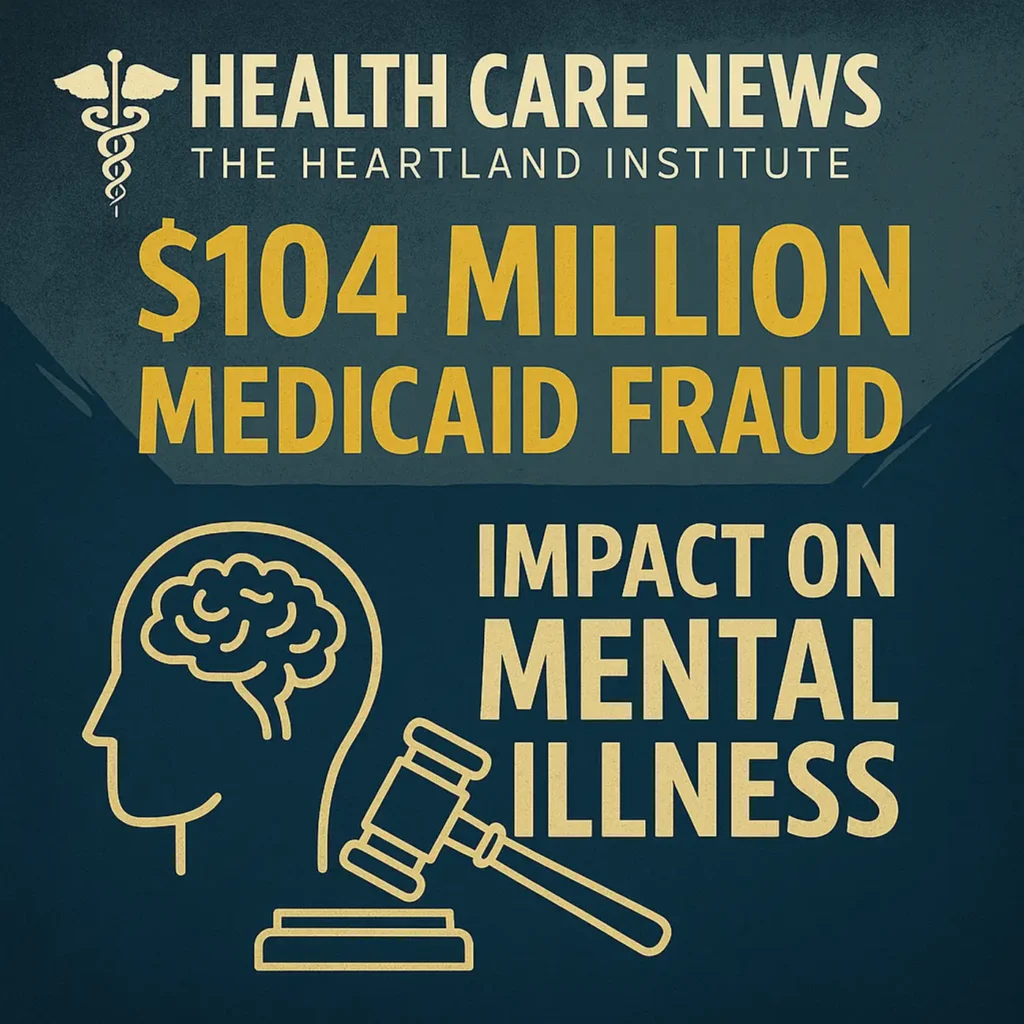High-risk pools play an important role in a free-market health care system. They are state-chartered, nonprofit associations offering comprehensive health insurance through the private sector to individuals with pre-existing and chronic health problems.
People who typically seek coverage in a high-risk pool are those who have been turned down for coverage due to a chronic illness or condition; those who have found they can access only restricted coverage due to their health; or those who have insurance that has been premium rated higher than what might be available from a risk pool.
Risk-pool insurance typically costs more than standard coverage. Premiums are capped by law and range from 125 percent to 200 percent of the premiums charged for standard coverage. Under the provisions established by TAAA, a state must cap the premium at 150 percent of standard in order to qualify for federal funding.
It is inherent in the design of a risk pool that it will lose money. It simply isn’t feasible to pool a group of individuals known to have major health problems and expect their premium contributions to cover the entire cost of their care. For this reason, risk pools need some form of subsidy, often an assessment charged to insurance carriers in the state.
Risk pools are overseen by an appointed board of directors, usually including representatives from the insurance industry, consumers, and medical professionals. The pools are often supervised by the state’s insurance department. A private third-party administrator typically handles day-to-day claims and administrative operations.
Overall enrollment in risk pools is rising. Today, approximately 130,000 people are enrolled in 30 state pools. Some of the enrollment increase can be attributed to the Health Insurance Portability and Accountability Act (HIPAA), passed in 1996, which allowed states to choose their risk pools as a mechanism to provide portability guarantees for people leaving qualified group coverage for the individual health insurance market.
Stabilizing the Free Market
Risk pools are an important mechanism for providing stability in a state’s individual health insurance market. A pool provides a place where high-risk individuals can gain comprehensive coverage and protection against premiums climbing too high. The high-risk policy-holder is moved from the standard rating pool and placed in one designed to accommodate special and expensive care not needed by most of the insured population.
Pools give the insurance industry and the general public a way to share and spread out the costs of insuring medically risky people on a broad and predictable basis.
Studies of the individual insurance market have found states with risk pools have had more success in keeping their individual health insurance markets competitive, keeping insurance rates affordable, reducing Medicaid enrollments, and increasing private coverage.
The District of Columbia and 19 states are currently without high-risk pools. Those states are: Arizona, Delaware, Georgia, Hawaii, Idaho, Maine, Maryland, Massachusetts, Michigan, Nevada, New Jersey, New York, North Carolina, Ohio, Pennsylvania, Rhode Island, South Dakota, Vermont, and Virginia.



